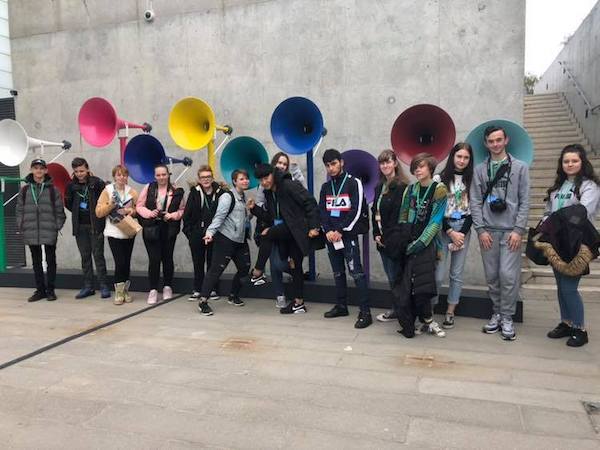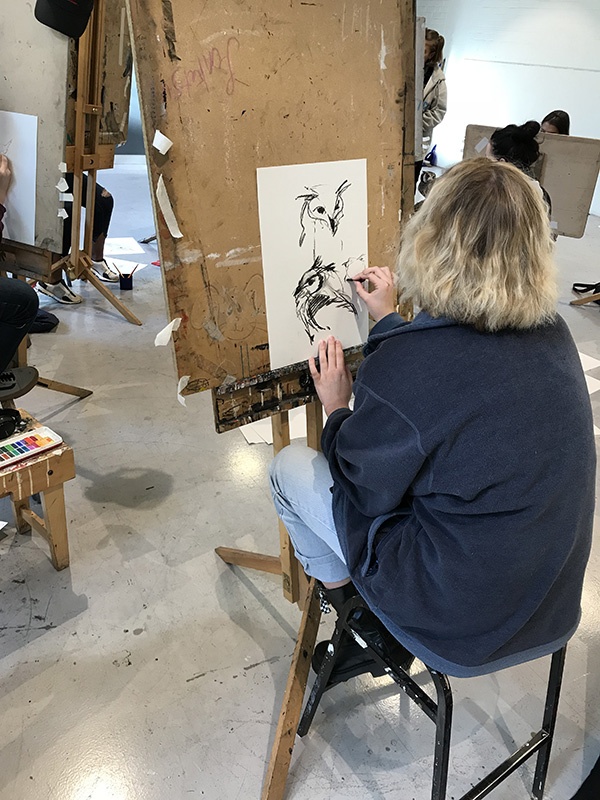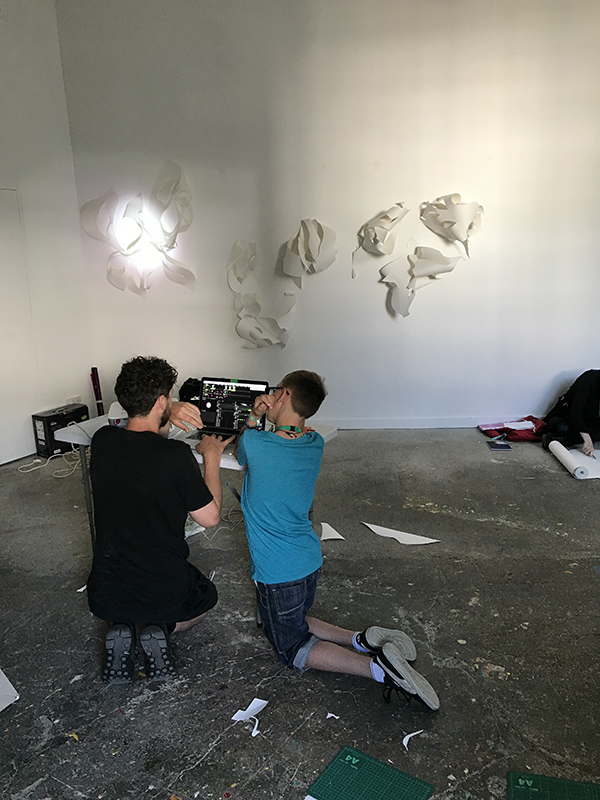Staff from the Kent and Medway Collaborative Outreach Programme (KaMCOP) team at the University for the Creative Arts (UCA) have published findings that show arts-based outreach and education initiatives can encourage Higher Education (HE) participation among students from disadvantaged backgrounds.
These findings, which are from the first phase of KaMCOP’s programme, have just been published in the latest issue of JUICE (Journal of Useful Investigations in Creative Education), titled Tracing routes to Higher Education through geographies of disadvantage: The contribution of creative arts outreach.
KaMCOP consists of a group of universities and colleges that have come together to deliver a programme of targeted activities and initiatives for young people from under-represented backgrounds in the Kent and Medway areas. And, as the programme’s creative lead, UCA’s KaMCOP team hoped to promote progression in the creative arts, business and technology through a variety of activities, including workshops, holiday clubs and masterclasses, with young people in Years 9 to 13.

Visiting the Turner Prize exhibition at the Turner Contemporary
Through these activities, KaMCOP aimed to:
- Help raise the profile of creative subjects and dispel myths about working in the creative sector.
- Provide young people with additional cultural and social capital opportunities.
- Give students the opportunity to develop and learn new skills to support their progression.
- For everyone to find out more about creative careers and how Higher Education can be a pathway into this exciting sector.
“It’s really important that all young people, regardless of background, are able to access and benefit from an arts education,” explained Holly Rogers, UCA Collaborative Outreach Manager. “We work with young people who have the creative capability – but maybe think that further and higher education isn’t a viable option for them for social, economic or geographical reasons.”
Through changing attitudes and developing transferable skills, their findings show how removing barriers to participation in further study is important if creative arts higher education wants to maintain a vibrant, diverse and inclusive creative industry and society.
“And, without intervention through outreach, the next great artist, designer, or inventor might never have the chance to realise their potential,” added Andy Sperrin, KaMCOP Senior Collaborative Outreach Administrator.

The research data was collected from participants through interviews, focus groups and surveys. Answers were analysed to explore young people’s perceptions and experiences of creative outreach and how much their attitudes had changed as a result.
The results showed that participating in creative outreach coincided with increases in young people's self-belief in their capabilities, confidence, intentions of applying to HE, and perceptions of the importance of creative arts in society. “Especially in Kent, people are now seeing the value in creative careers in their local areas and beyond,” said Holly.
The findings also demonstrated that there was a positive attitudinal change in those young people whose parents did not have any experience of HE. Thus, this supports the theory that creative outreach may, in the longer-term, help to build social and cultural capital, raise expectations and widen HE participation, particularly for those from more disadvantaged backgrounds and in disadvantaged schools.

The team is now entering phase two of the creative outreach programme, building on what its research has shown so far, and continuing to work with under-represented young people and support them to make well-informed decisions about their future education.
Data on eventual progression into HE will also be sought once the creative outreach participants are old enough to apply. Through linking the short, medium and longer-term outcomes, further analysis will help to uncover the broader contribution of creative arts outreach towards supporting young people in navigating educational and career choices and, ultimately, helping to close participation gaps in HE.
'Tracing routes to Higher Education through geographies of disadvantage: The contribution of creative arts outreach' can be found in issue 3 of JUICE.
To learn more about UCA’s outreach programmes, visit the Schools & Outreach page.
/prod01/channel_8/media/marketing-media/news/news-2020/kamcop-outreach-web-header.jpg)